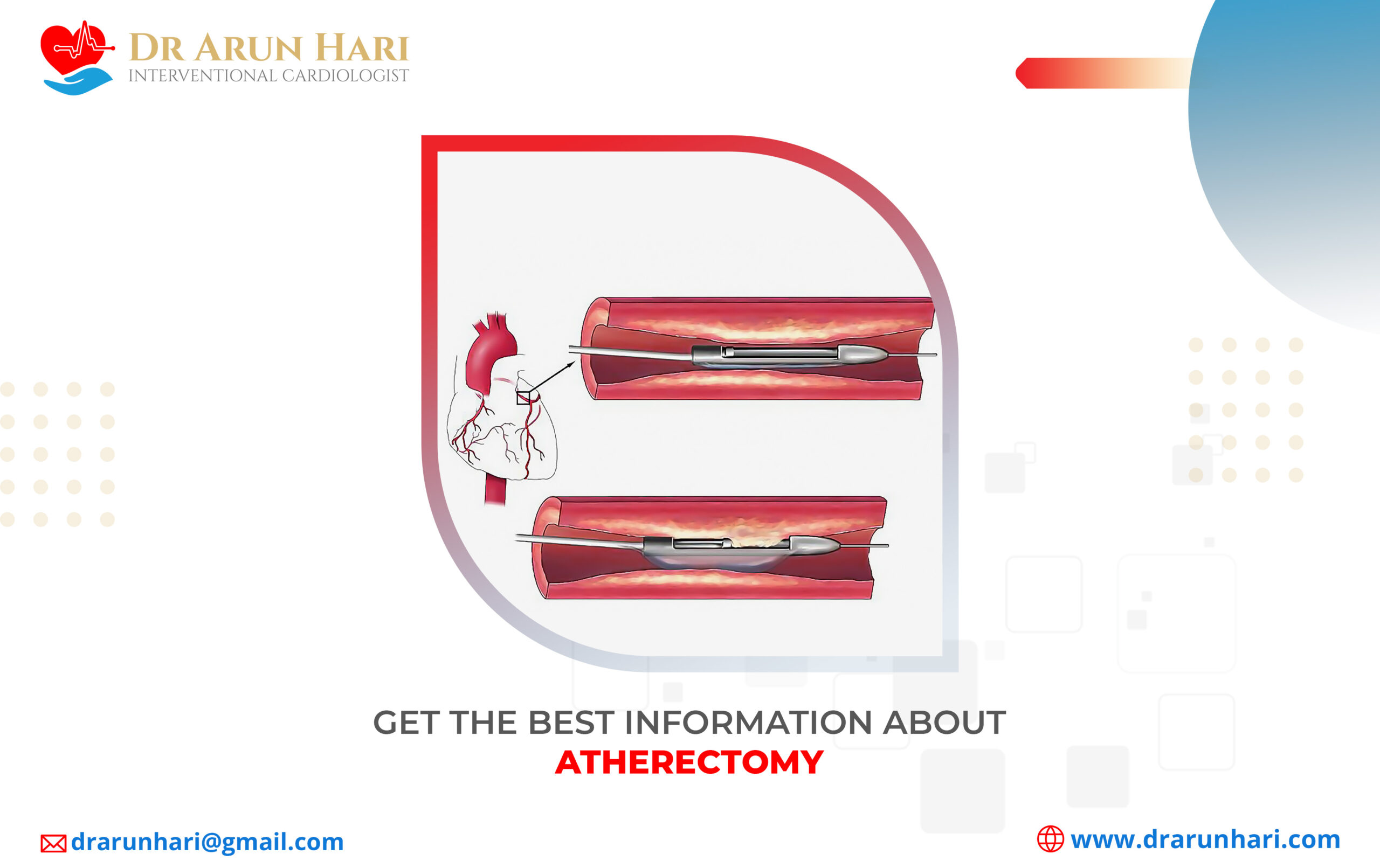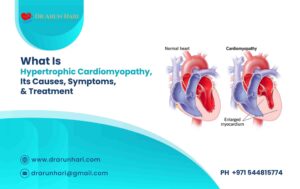Contact Dr. Arun for Specialized Atherectomy
About Atherectomy
The atherectomy procedure is a medical treatment used to remove plaque and other debris from the arteries. The procedure involves removing plaque and other debris from the artery walls using a specialized device. Atherectomy for plaque removal helps clear fatty deposits that narrow or block arteries and impede blood flow. It can be done using a variety of techniques such as laser atherectomy, rotational atherectomy, or directional coronary atherectomy (DCA). It can be performed using a variety of methods, including lasers, balloons, and surgery.
When Is It Needed?
Atherectomy may be recommended for patients, who have blocked arteries and are at risk for heart attack or stroke. Plaque build-up can cause the arteries to narrow, making it difficult for blood to flow through. This could result in a heart attack/stroke. It can open up the arteries and improve blood flow. Peripheral artery disease (PAD) atherectomy is often recommended to treat PAD by removing the plaque causing artery blockages. PAD is a condition that causes the arteries to narrow, which can lead to pain, numbness, and difficulty walking. Atherectomy can also be used to treat coronary artery disease (CAD), which is the build-up of plaque in the arteries that supply blood to the heart. Atherectomy vs angioplasty is typically considered when angioplasty or stenting fails to improve blood flow or relieve symptoms. It may also be used to prepare an artery for a stent or to remove a stent that is no longer needed.
During Atherectomy
During the procedure, a small incision is made in the artery. A catheter is then inserted and used to remove the plaque. Local anesthesia is typically preferred by doctors during this procedure. Atherectomy is usually performed under general anesthesia. The atherectomy procedure is typically completed in less than an hour, with a high atherectomy success rate.
After the atherectomy, you will be closely monitored for any complications, and the atherectomy recovery time varies depending on the patient’s condition. You might need to stay overnight in the hospital itself. You may need to take blood thinners for a few weeks to reduce the risk of blood clots. It is advisable to take it easy for some days and also avoid doing any strenuous activities.
Risks of Atherectomy
Atherectomy risks and benefits are generally favorable, with low risk of complications and high effectiveness in removing artery blockages; but, as with any other medical procedure, there surely are certain risks associated, which can include bleeding, infection, and damage to the arteries. However, these risks are typically low.
Benefits of Atherectomy
There are several benefits of Atherectomy, including:
- Reduced risk of heart attack
- Reduced risk of stroke
- Improved blood flow
- Decreased pain and discomfort
Contact Dr. Arun for Specialized Atherectomy
If you are looking for atherectomy in abu dhabi as a non-surgical treatment for atherosclerosis, consider contacting Dr. Arun. He is a specialized physician who offers Atherectomy, which is a minimally invasive procedure that removes plaque from your arteries. Dr. Arun is a highly skilled interventional cardiologist, who performs this procedure regularly. If you are experiencing symptoms of heart disease such as chest pain or shortness of breath, contact Dr. Arun today to schedule a consultation. During your consultation, he will review your medical history and perform a physical examination. If he determines that you are a good candidate for the procedure, he will work with you to develop a treatment plan.





